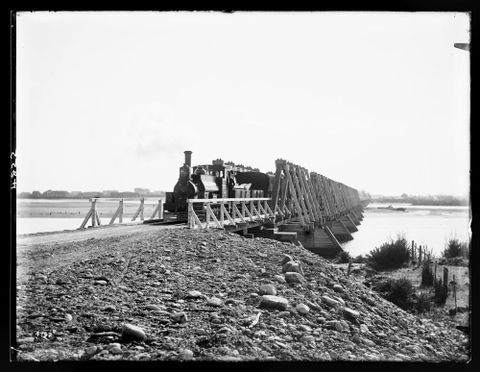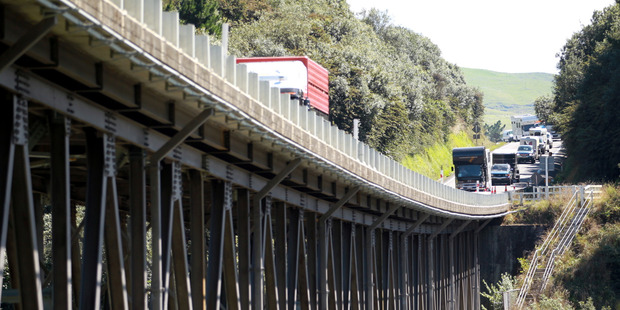Port to spend $12 million to enlarge upper log yard
Tuesday, December 9, 2014 by Murray Robertson
THE Eastland Group is about to start a major $12 million contract to construct the upper log yard extension at the Gisborne port and work will start in January.
The contract for the project has been let to Downer.
When completed it will expand Eastland Port’s upper log yard near Crawford Road by 1.3 hectares.
Eastland group chief executive Matt Todd says work is already under way to prepare the port for the expected six months of construction.
“The project will take the upper log yard’s footprint from 2.2 to 3.5 hectares, improving operations significantly for forestry customers
“It will take the total log storage area at the port to 12.2 hectares.
“The changes will also improve aesthetics for nearby residents and reduce potential issues such as noise and dust,” Mr Todd says.
“A four-metre by six-metre earth wall will be built around the perimeter of the site and planted with native trees.
“We have had extensive consultation with landscape architects to ensure anything planted is what Captain James Cook and Joseph Banks would have seen on Titirangi when they sailed into the bay.”
An internal fence will be entirely screened by the thousands of trees planted, he says.
The upper log yard expansion project is part of Eastland Group’s 10-year development plan and is one of the company’s biggest investments since it bought the port.
Log export volumes have grown from 350,000 tonnes in 2005 to 2.2 million tonnes in 2014.
“Log export volumes have been maximised under the port’s current footprint and configuration.
“Forestry is an industry that continues to grow, providing opportunity and employment for our whole region.
“Right now we have 95,000-tonne storage capacity on site and the expansion of the upper log yard will allow for an extra 15,000 tonnes.”
The flow-on effects are substantial, Mr Todd says.
“Forestry companies will require more workers, the port will need to increase its staff, and trucking companies will need more drivers.
“Generally speaking, for every new job in the forestry industry three other jobs are created in the local economy.”
Eastland Port manager Andrew Gaddum says Downer will start work as soon as possible to make the most of the summer months.
Fertiliser storage sheds and other buildings on the site have been removed in preparation, along with other buildings.
“This area will be levelled and a special base put down to ensure a solid footing for the tonnes of logs to be stored there.
“The redevelopment of the site includes a world-class stormwater treatment system, which is another significant benefit of the investment,” Mr Gaddum says.
“A small ridge on the site will be removed, but there will be no earthworks that involve any part of Kaiti Hill.”
The upper log yard will be closed for the duration of the construction period. “So there will certainly be an impact on day-to-day operations,” he says.
“The next six months will require a greater level of shipping co-ordination to ensure that log storage time is minimised and throughput is maximised.
“We will be working with our customers to reduce the inconvenience of having this log yard out of service, however it is likely the Matawhero log yard will need to be used for peak volumes over the period,” Mr Gaddum says.
“We will use the 2.5 hectare site we have Matawhero.”
The port company also has long-term plans to develop a storage area south of Tolaga Bay at some stage.
The consent process for that project has not yet started.
Mr Gaddum says the major construction project is right in the centre of the city, so there may be disruption to traffic and inconvenience to people in the area.
“Right now, we’re working flat-out to get this project up and running and we’ll work closely with Downer to do everything possible to minimise the impact on the city.”
The project will require significant local resource to complete in the tight timeframe, meaning a large portion of the money spent will go back into the local economy, he says.
“We look forward to working with Downer and its subcontractors to ensure the safe and successful completion of this significant regional project.”
http://gisborneherald.co.nz/article/?id=39749




































 The Mohaka River Bridge on SH5 between Napier and Taupo. Photo / P0aul Taylor
The Mohaka River Bridge on SH5 between Napier and Taupo. Photo / P0aul Taylor















